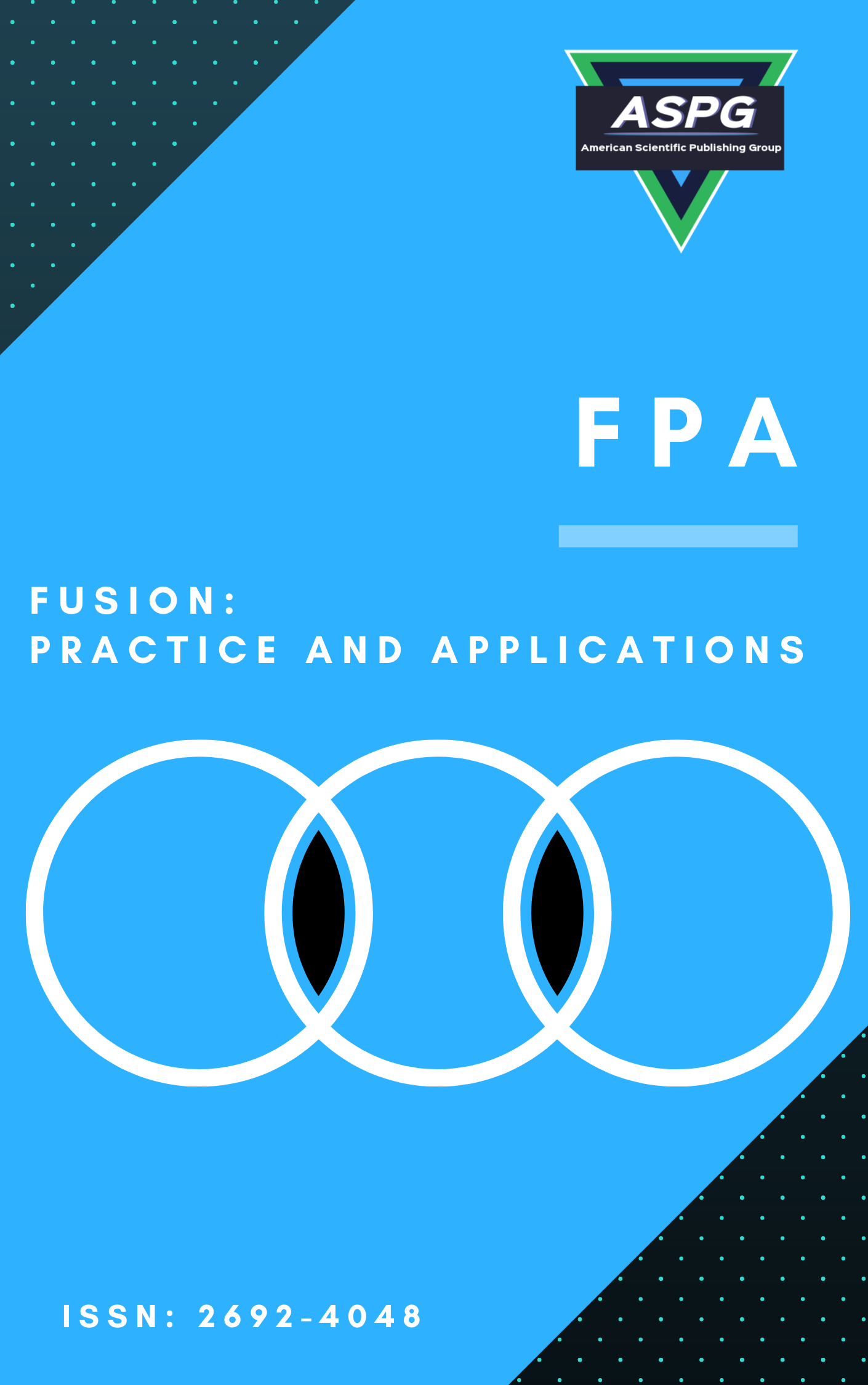

Volume 18 , Issue 2 , PP: 251-261, 2025 | Cite this article as | XML | Html | PDF | Full Length Article
Dhruvin Padsala 1 , Rutvij H. Jhaveri 2 , Ashish D. Patel 3 , Faisal Mohammed alotaibi 4 , Thippa Reddy Gadekallu 5 *
Doi: https://doi.org/10.54216/FPA.180218
Stock price forecasting has oftentimes interested several researchers around the world. Making predictions for the future largely depends on the data that will be used to train the model. In general, historical data are used to train models, which contain a features of different types, out of which, not all are necessarily helpful in making predictions. It is, hence, crucial to select the features that can be most useful to make precise predictions. This article proposes a feature selection approach based on the K-means clustering algorithm and elastic net regularization. We have used the K-means algorithm to cluster all the correlated features together and apply elastic net regularization to select the most predictive features within each cluster. We use the selected features to train an LSTM model which predicts the future closing price of a stock for the upcoming trading day. We evaluate the performance of our proposed approach in comparison to the existing approach and observe performance improvement.
Stock price prediction , Feature selection scheme , Long short-term memory , Deep learning
[1] Fatih Abut, H S¸ebnem Arlı, M Fatih Akay, and Yıldırım Adıg¨uzel. A new hybrid approach for real estate price prediction using outlier detection, feature selection, and clustering techniques. In 2023 8th International Conference on Computer Science and Engineering (UBMK), pages 1–6. IEEE, 2023.
[2] Kinjal Chaudhari and Ankit Thakkar. Neural network systems with an integrated coefficient of variation-based feature selection for stock price and trend prediction. Expert Systems with Applications, 219:119527, 2023.
[3] Shangkun Deng, Yingke Zhu, Yiting Yu, and Xiaoru Huang. An integrated approach of ensemble learning methods for stock index prediction using investor sentiments. Expert Systems with Applications, 238:121710, 2024.
[4] Burak G¨ulmez. Stock price prediction with optimized deep lstm network with artificial rabbits optimization algorithm. Expert Systems with Applications, 227:120346, 2023.
[5] Yechan Han, Jaeyun Kim, and David Enke. A machine learning trading system for the stock market based on n-period min-max labeling using xgboost. Expert Systems with Applications, 211:118581, 2023.
[6] Guanzhi Li, Aining Zhang, Qizhi Zhang, Di Wu, and Choujun Zhan. Pearson correlation coefficientbased performance enhancement of broad learning system for stock price prediction. IEEE Transactions on Circuits and Systems II: Express Briefs, 69(5):2413–2417, 2022.
[7] Qing Li, Jinghua Tan, Jun Wang, and Hsinchun Chen. A multimodal event-driven lstm model for stock prediction using online news. IEEE Transactions on Knowledge and Data Engineering, 33(10):3323– 3337, 2020.
[8] Wentao Li, Shichao Zhai, Weihua Xu, Witold Pedrycz, Yuhua Qian, Weiping Ding, and Tao Zhan. Feature selection approach based on improved fuzzy c-means with principle of refined justifiable granularity. IEEE Transactions on Fuzzy Systems, 31(7):2112–2126, 2022.
[9] Yepeng Liu, Siyuan Huang, Xiaoyi Tian, Fan Zhang, Feng Zhao, and Caiming Zhang. A stock series prediction model based on variational mode decomposition and dual-channel attention network. Expert Systems with Applications, 238:121708, 2024.
[10] Dongbo Ma, Da Yuan, Maojun Huang, and Ling Dong. Vgc-gan: A multi-graph convolution adversarial network for stock price prediction. Expert Systems with Applications, 236:121204, 2024.
[11] Manali Patel, Krupa Jariwala, and Chiranjoy Chattopadhyay. A hybrid relational approach towards stock price prediction and profitability. IEEE Transactions on Artificial Intelligence, 2024.
[12] Hadi Rezaei, Hamidreza Faaljou, and Gholamreza Mansourfar. Stock price prediction using deep learning and frequency decomposition. Expert Systems with Applications, 169:114332, 2021.
[13] Parvathaneni Naga Srinivasu, N Sandhya, Rutvij H Jhaveri, and Roshani Raut. From blackbox to explainable ai in healthcare: existing tools and case studies. Mobile Information Systems, 2022(1):8167821, 2022.
[14] Gautam Srivastava, Rutvij H Jhaveri, Sweta Bhattacharya, Sharnil Pandya, Praveen Kumar Reddy Maddikunta, Gokul Yenduri, Jon G Hall, Mamoun Alazab, Thippa Reddy Gadekallu, et al. Xai for cybersecurity: state of the art, challenges, open issues and future directions. arXiv preprint arXiv:2206.03585, 2022.
[15] Shrawan Kumar Trivedi, Ankit Sharma, Pradipta Patra, and Shubhamoy Dey. Prediction of intention to use social media in online blended learning using two step hybrid feature selection and improved svm stacked model. IEEE Transactions on Engineering Management, 2022.
[16] Chaojie Wang, Yuanyuan Chen, Shuqi Zhang, and Qiuhui Zhang. Stock market index prediction using deep transformer model. Expert Systems with Applications, 208:118128, 2022.
[17] Kyung Keun Yun, Sang Won Yoon, and Daehan Won. Interpretable stock price forecasting model using genetic algorithm-machine learning regressions and best feature subset selection. Expert Systems with Applications, 213:118803, 2023.